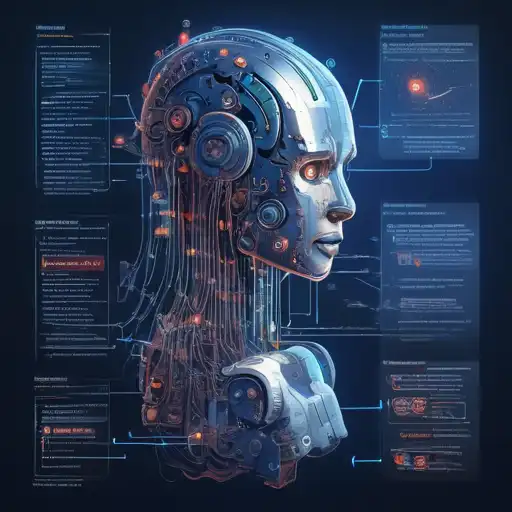Introduction to Machine Learning Algorithms
Machine learning algorithms are the backbone of artificial intelligence, enabling computers to learn from data and make decisions with minimal human intervention. For beginners, understanding these algorithms can seem daunting, but with the right approach, it's entirely achievable. This guide aims to demystify machine learning algorithms, making them accessible to everyone.
What Are Machine Learning Algorithms?
At their core, machine learning algorithms are mathematical models that allow computers to learn patterns from data. These algorithms can be broadly categorized into three types: supervised learning, unsupervised learning, and reinforcement learning. Each type serves a different purpose and is suited to specific kinds of tasks.
Supervised Learning Algorithms
Supervised learning algorithms are trained using labeled data. This means that the input data comes with the correct answers, allowing the algorithm to learn by comparing its predictions to the actual outcomes. Common examples include linear regression for predicting continuous values and logistic regression for classification tasks.
- Linear Regression: Predicts a continuous outcome based on one or more predictor variables.
- Logistic Regression: Used for binary classification problems, predicting one of two possible outcomes.
Unsupervised Learning Algorithms
Unsupervised learning algorithms work with unlabeled data. Their goal is to find hidden patterns or groupings in the data without any prior knowledge of what these might be. Clustering and association are two main tasks performed by unsupervised algorithms.
- K-Means Clustering: Groups data into K number of clusters based on similarity.
- Apriori Algorithm: Used for mining frequent itemsets and deriving association rules.
Reinforcement Learning Algorithms
Reinforcement learning algorithms learn by interacting with an environment, receiving rewards or penalties for actions, and aiming to maximize the total reward. This type of learning is commonly used in robotics, gaming, and navigation.
- Q-Learning: A model-free reinforcement learning algorithm that learns the value of an action in a particular state.
- Deep Q Network (DQN): Combines Q-Learning with deep neural networks to handle high-dimensional input spaces.
Choosing the Right Algorithm
Selecting the appropriate machine learning algorithm depends on the problem at hand, the nature of the data, and the desired outcome. Beginners should start with simpler algorithms like linear regression or K-means clustering before moving on to more complex models like neural networks.
Practical Tips for Beginners
Here are some tips to get started with machine learning algorithms:
- Start with a clear understanding of the problem you're trying to solve.
- Choose the right type of algorithm based on your data and objectives.
- Experiment with different algorithms to see which one performs best.
- Use libraries like scikit-learn or TensorFlow to implement algorithms without diving deep into the math initially.
Conclusion
Machine learning algorithms are powerful tools that can extract insights from data, automate decision-making, and solve complex problems. By starting with the basics and gradually exploring more advanced algorithms, beginners can build a solid foundation in machine learning. Remember, the key to mastering machine learning is practice and continuous learning.
For those interested in diving deeper, consider exploring resources on data science and artificial intelligence to broaden your understanding.
